Overview
The “Barisan Porphyry Belt” is a series of Copper-Gold Porphyry prospects on north-western tip of the island of Sumatra, part of the Republic of Indonesia. Barisan Gold Corporation (TSXV:BG) has an 80% stake in the project area with 2 local Indonesian companies owning the remaining 20%. Barisan Gold is a spin-off of the East Asia Minerals Corp (TSXV:EAS) which has 3 somewhat more advanced Indonesian projects. Barisan itself has two other of active project areas in the region: The Abong epithermal gold prospect, and the Takengon gold and copper porphyry prospect. All of these are very early stage projects and are in the exploration phase of development.
Regional Geology
Part of the Pacific Ring of Fire, Sumatra is located on the border of the active subduction of the Australian plate beneath the Eurasian plate. (See our article on Plate Boundaries and Mineral Deposits.) This makes Sumatra very tectonically active and

is responsible for historical and ongoing episodes of volcanism on the island. The island itself, while part of the volcanic arc, is also composed of the accreted remains of several ancient tectonic plates making for a complex and interesting geology.
Copper-porphyry deposits are known to be concentrated along the Pacific Ring of Fire, and those of south-east Asia are known to be associated with gold.
Project Geology
- The project area consists of volcanic-derived sedimentary rocks, limestone and diorite porhyry – potentially the ore rock. Porphyry is a term used to describe a rock that consists of larger crystals withing a matrix of smaller crystals. In this case, the porphyritic rock is an instrusive diorite. In this region diorite porphyry’s are associated with subduction zone volcanism and copper-gold mineralization. The diorite porphyry’s on this property hydrothermally altered, with argillic (clay rich) and phyllic (quartz and mica-rich) zones. Based on work completed thus far, mineralization is moderate at around 0.4 g/t gold and 0.2% copper.
Discussion
Of the six prospects identified by Barisan, one is an unworked soil anomaly and two have undergone channel sampling. (Channel sampling is the the cutting and sampling of linear surface rock channels using a rock saw.) Three of the six prospects have been drilled and, as of this writing, one is actively being drilled.
There are typical zoning patterns of hydrothermal alteration commonly associated with porphyry copper deposits which can be identified by the mineral assemblages in the rocks. Based on models for copper-porphyry deposits, the types of alteration identified in the Barisan drill core so far may indicate that a they have not yet reached the highest grade ore zone. The company’s most recent drilling indicates that they are pursuing this high grade zone.
Copper porphyry deposits are typically low grade, but very large. The task set before Barisan is not only to identify economic grades, but vast quantities at economic grades.
Further Reading
Barisan Gold Press Release Reviews
Barisan Gold Corporation (Corporate Site)
East Asia Minerals (Corporate Site)
USGS Preliminary Model of Porphyry Copper Deposits (Research)

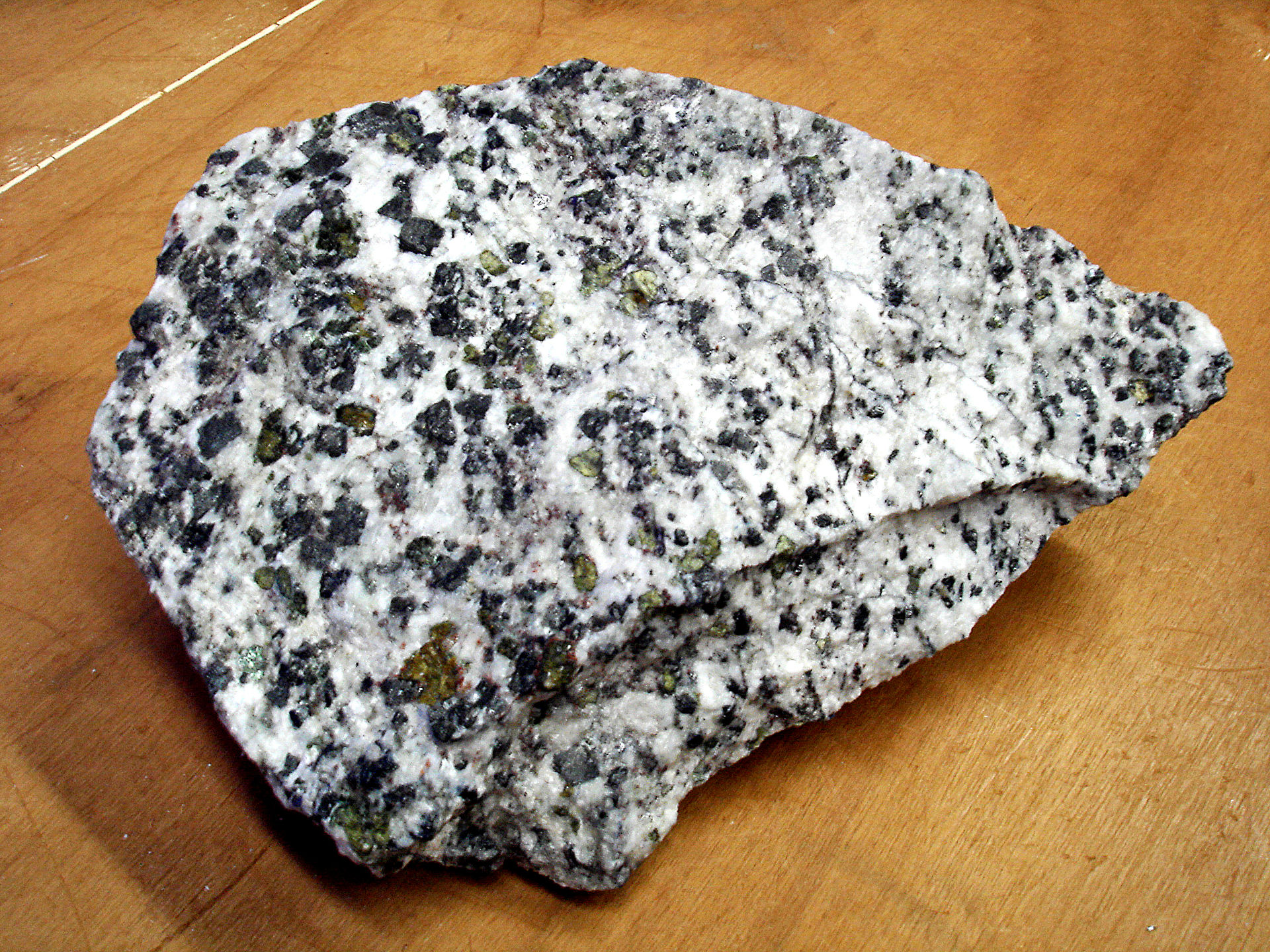
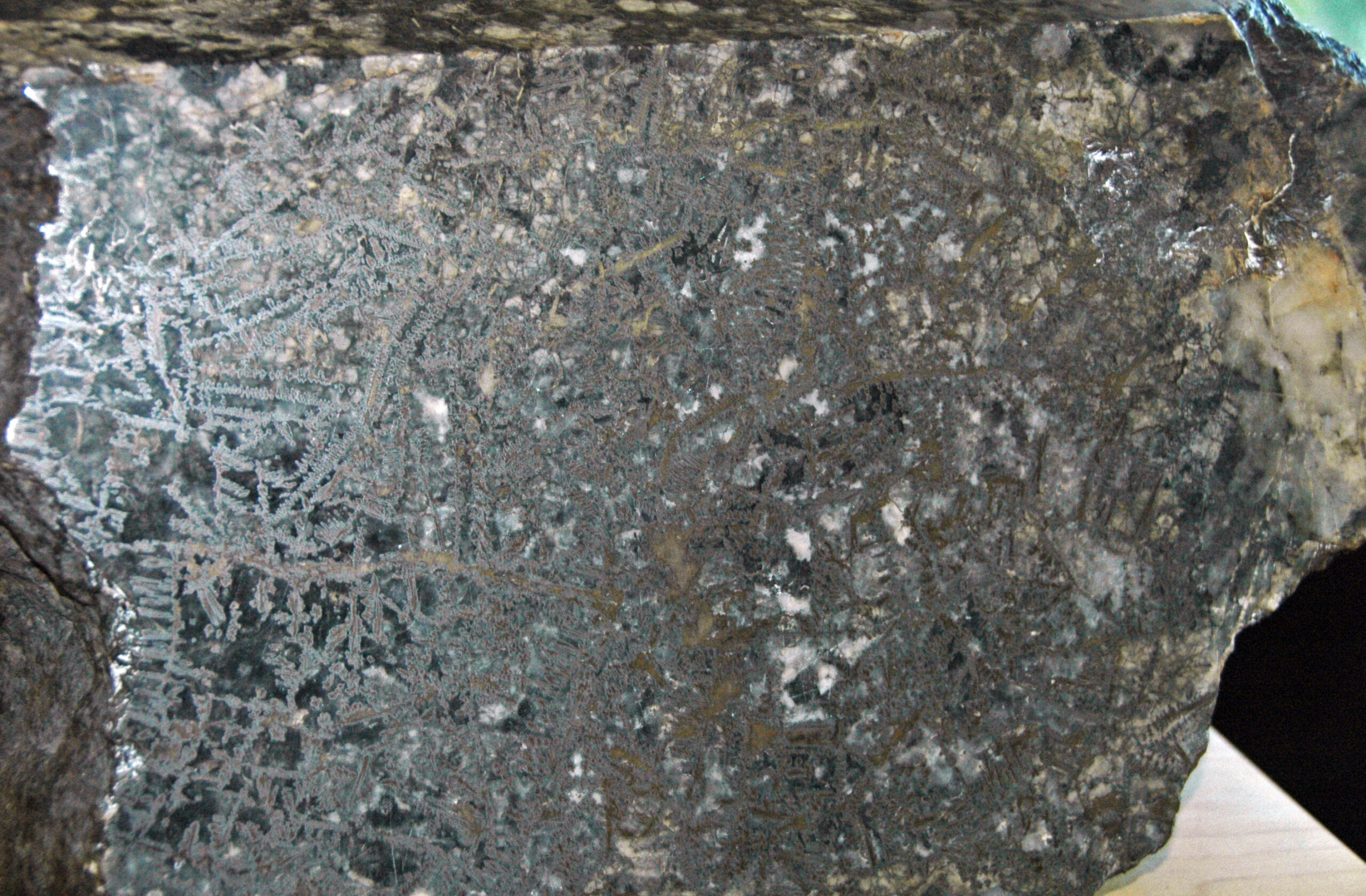
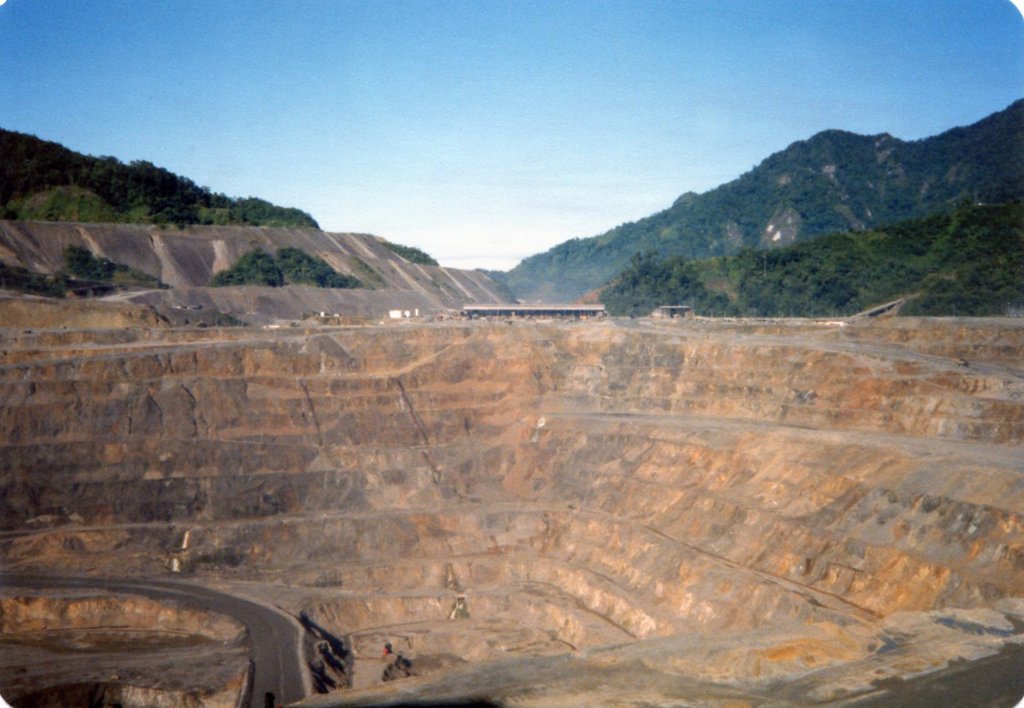
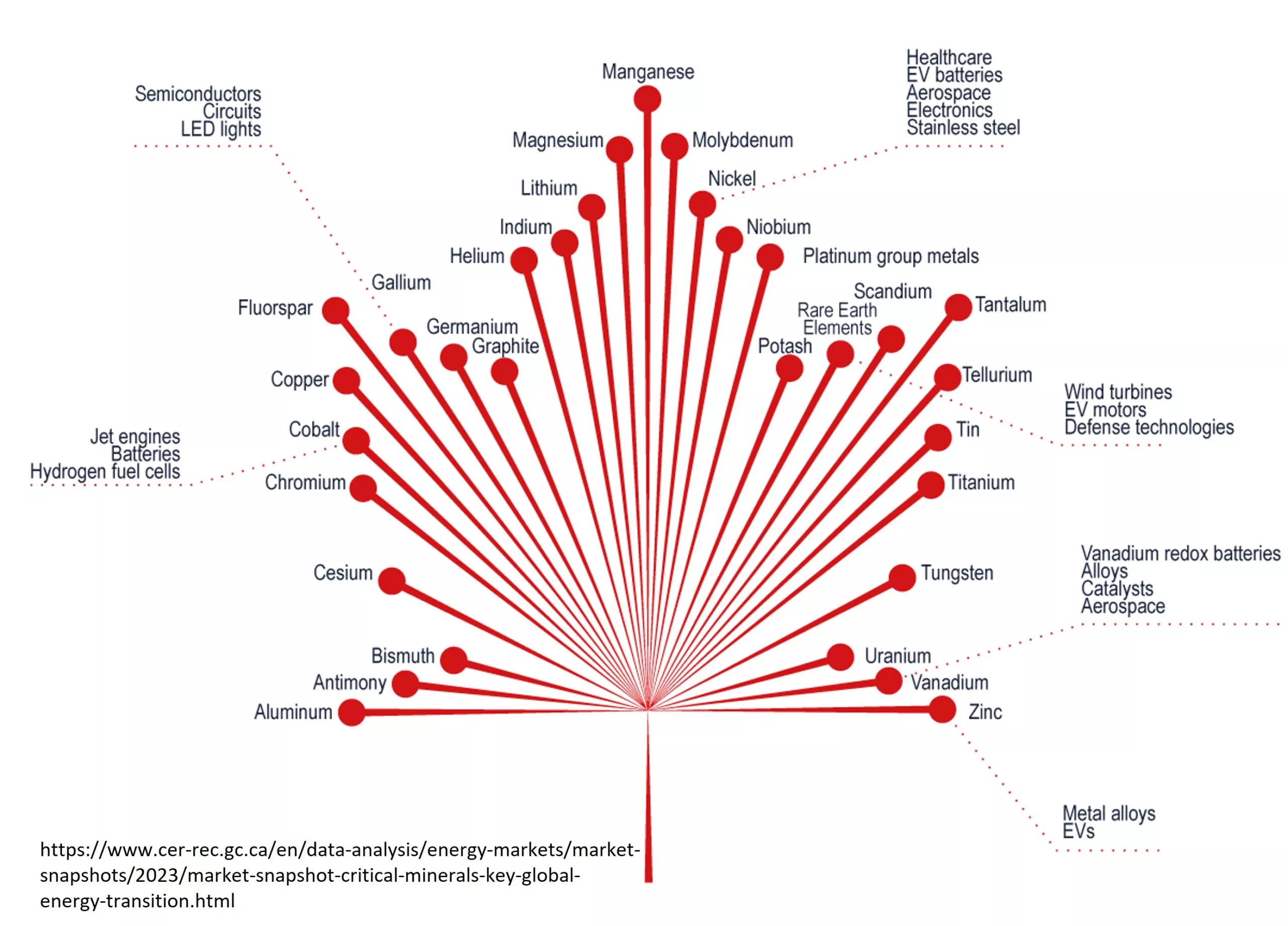
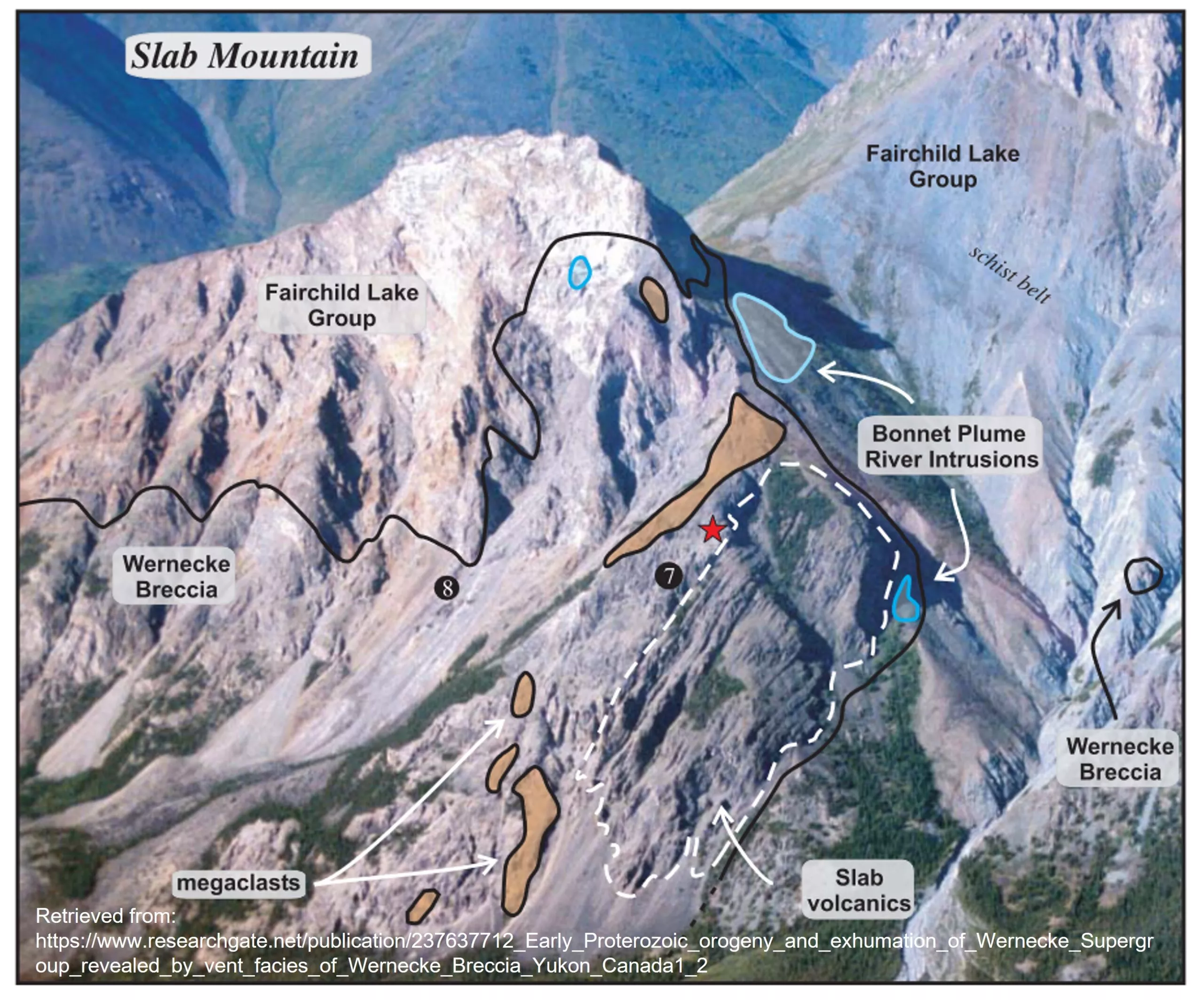
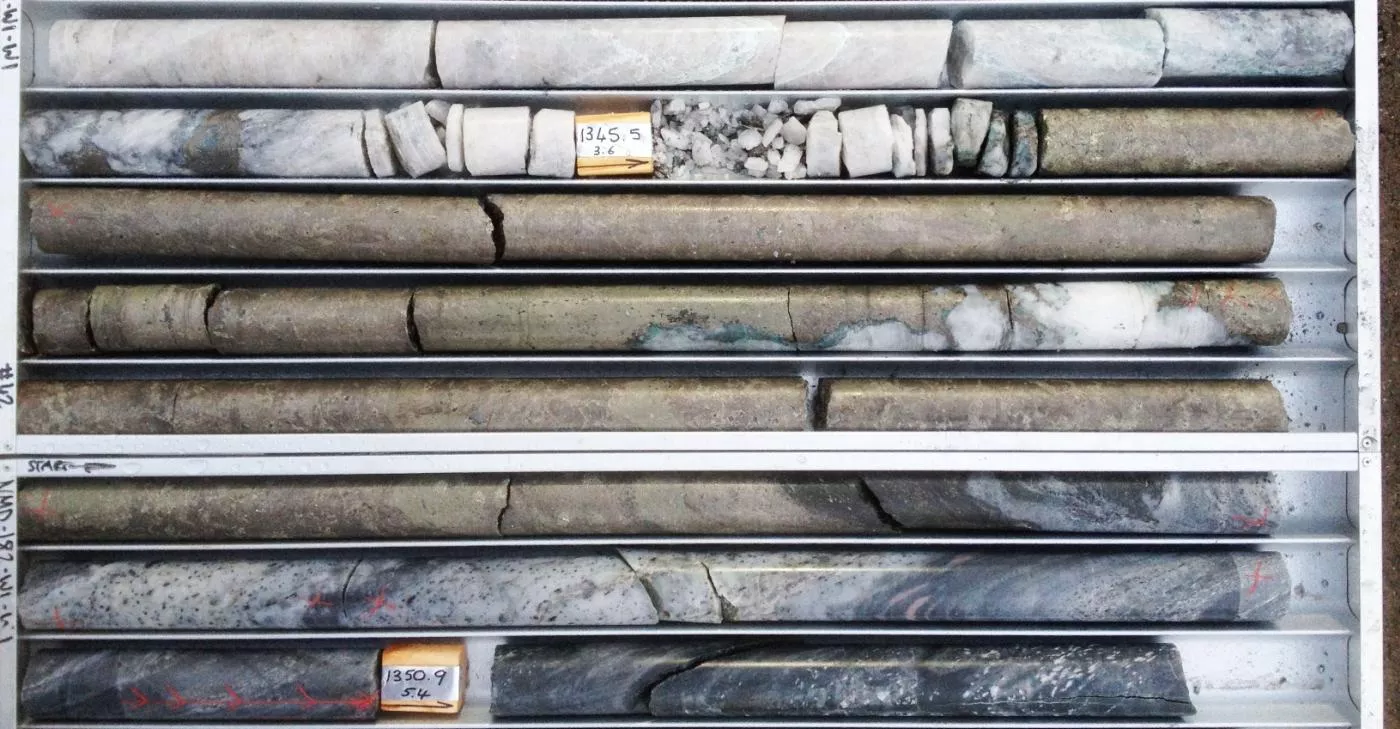
Pingback: Review of “Barisan Gold Begins Drilling at Upper Tengkereng” | Geology for Investors